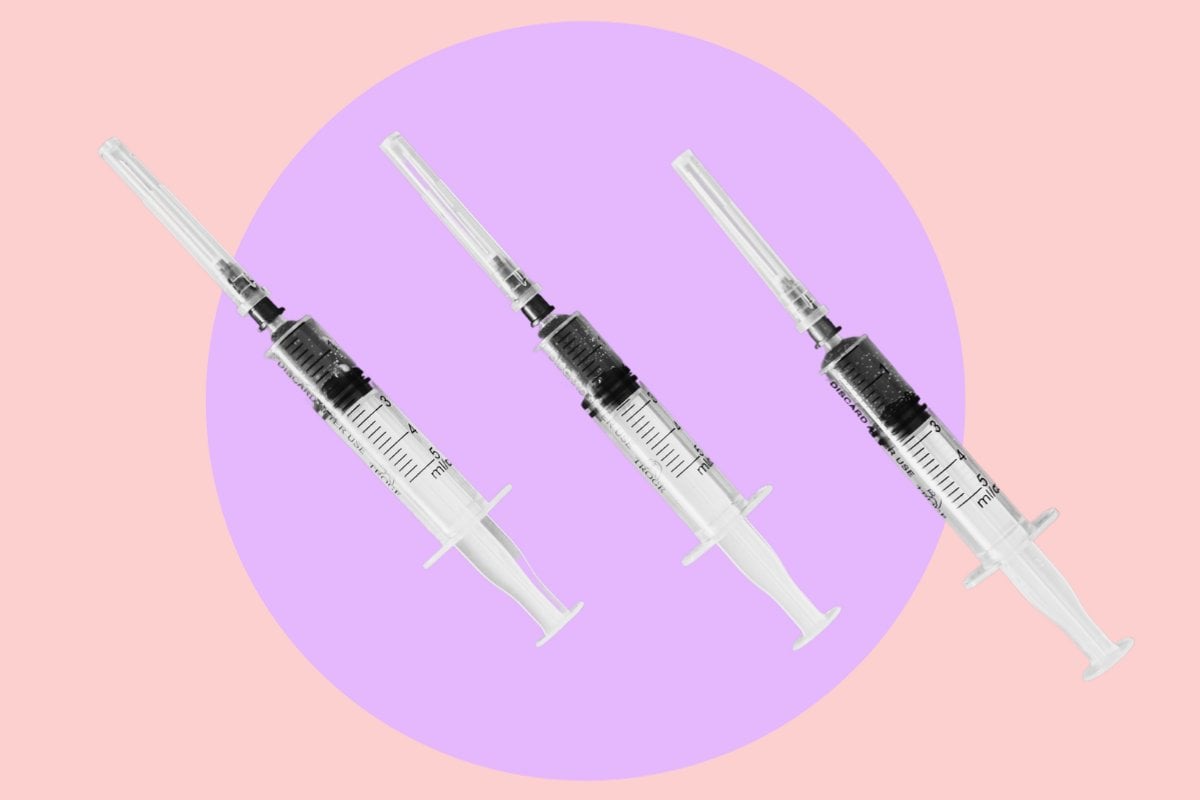
Despite all the chatter and popularity surrounding anti-wrinkle injections on social media, I regularly meet patients of all ages who want anti-wrinkle treatments but do not understand how it works, or how it differs from dermal fillers.
As a medical professional, patient-centred care is a central and key tenet of what I was trained to do - first, do no harm.
Watch: ICYMI: Lips are the new butts. Post continues below.
Given that all aesthetic treatments are essentially elective and medically unnecessary, it is important to me that patients are as well-informed as possible to make their choice and decision to proceed.
So what are some common myths I have heard patients believe about anti-wrinkle injections?
(FYI: In Australia, by law we are not allowed to use drug names, hence terminology like “anti-wrinkle” and “muscle relaxant” to get around health regulations!).
Myth #1: Anti-wrinkle injections work immediately.
Occasionally a patient will reach out wanting to know if we can squeeze her in “today or tomorrow” due to an important event coming up in three to four days, for which she wants to look fresh.
While there are some promising new versions of anti-wrinkle treatments available around the world that apparently kick in as early as within 24 hours, we do not have that authorised yet in Australia. The apparent downside of these? They also wear off faster - in two to four weeks.
Duration of onset aside, I am not a fan of impulsive decision making when it comes to entirely elective treatments. This is for the simple reason that they are still medical procedures with side effects. While rare with an experienced doctor, side effects are still possible - the least of which is bruising, which may be apparent for a few days after treatment, potentially ruining an important occasion.
Most anti-wrinkle injections on the market at present take anywhere from three to five days to begin to take effect and peak at approximately two weeks. This is when I tend to offer new patients a review, so we can determine if the effect is what they desired, and to determine the correct dose for future treatments.